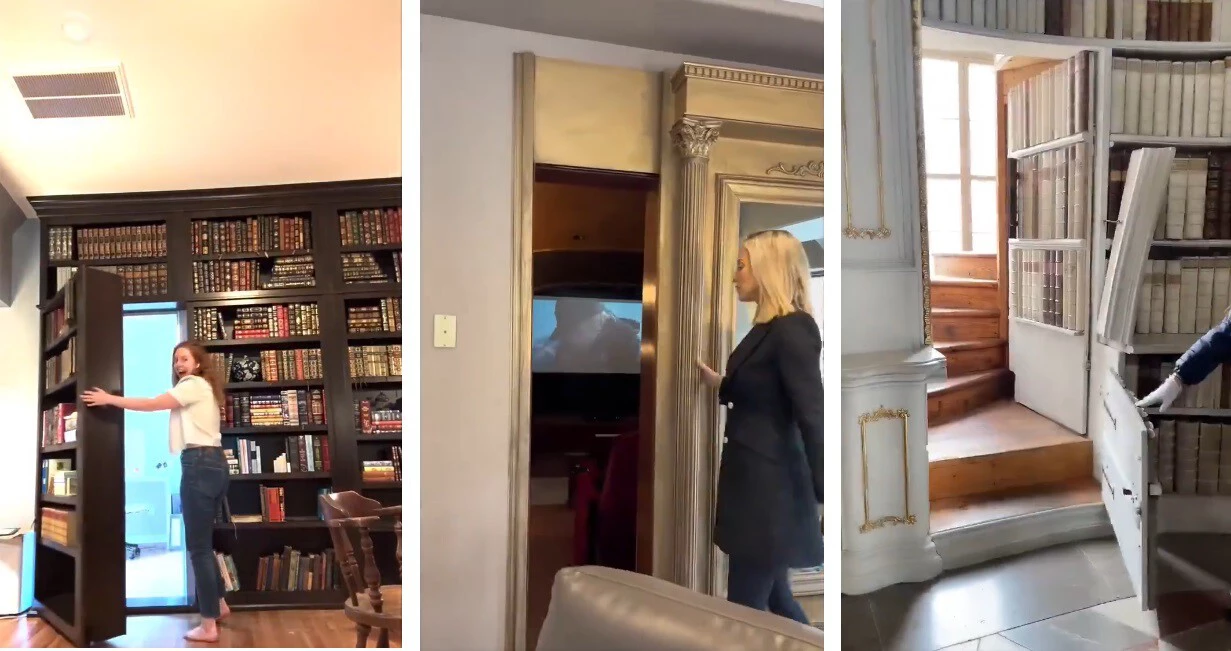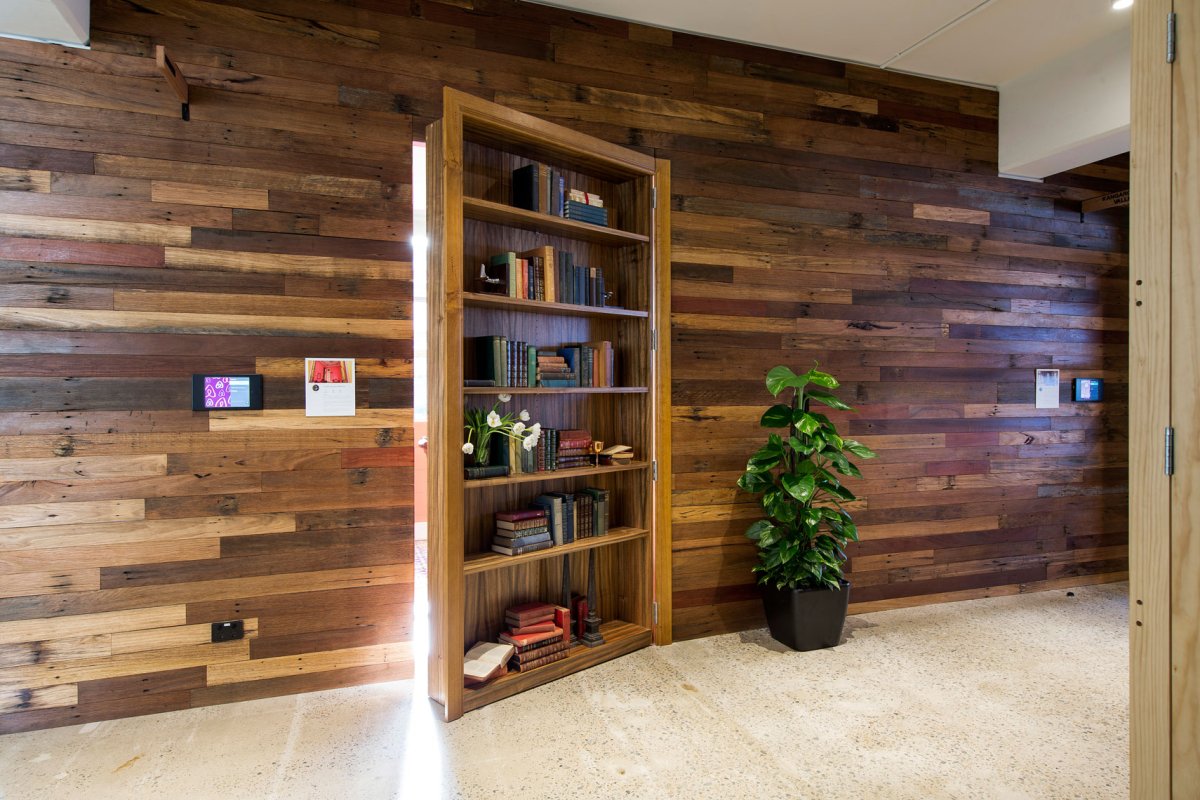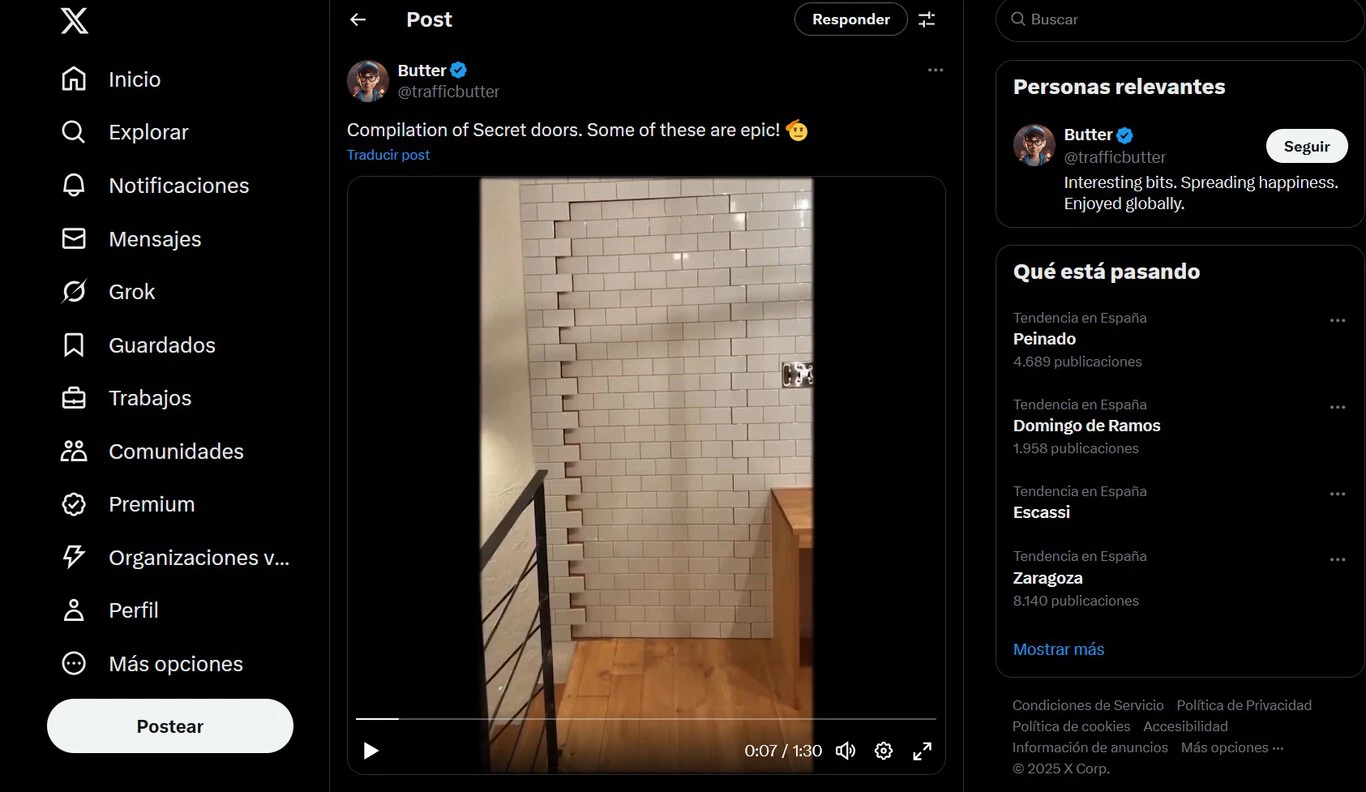Having enough space is essential, but so is devising a discreet entrance that can hide the room. Most of us don’t even stop to think about it, but the reality is that we are not prepared to withstand a major catastrophe, not having space even to store a basic survival kit with food and water for a few days.
However, there are also those who have been considering this issue as a priority in their lives for some time, the preparadists or preppers being the greatest exponents. These are individuals who prepare for a natural or social catastrophe in different ways, one of which is to convert their homes into a kind of bunker.
And in this sense we can choose either an obvious refuge that is visible to everyone or a more discreet alternative that goes completely unnoticed. A special hidden room, secret in the house that we can access in the purest style of secret agent 007.
Secret rooms at home: the “low cost” bunker of the average household

Preparedness is a multi-million dollar business. In fact, according to the New York Post, in the United States alone this industry has increased its sales by 400% since the pandemic, especially in the design and construction of bunkers and related materials.
But building one of these armored shelters is expensive, and can cost between $40,000 and $2.5 million, and in addition to the budget, it is also necessary to have space at home. In other words, you have to have a large estate or a garden big enough to consider it, as well as enough money. The alternative? A more domestic shelter that is also hidden in the usual home.
On social media we can find all kinds of rooms and spaces with secret access for relatively conventional, medium to large houses (in a 50 m2 flat I very much doubt they could do anything similar). Rooms that look like something out of a spy movie, but which are being installed in more and more homes because their owners are looking for hidden rooms or spaces for very different reasons.
As confirmed by Alberto Torres, founder of the interior design studio of the PortobelloStreet.es group, to Decosfera, “secret or hidden rooms are more common than you think, and they are on the increase”.
According to this expert, hidden rooms and secret compartments in furniture and dressing rooms have multiplied, either in the form of panic rooms to be safe in the event of an intrusion or problem, or to hide valuables that are susceptible to theft.
And in Spain, the big cities like Madrid and Barcelona are where this type of service is most in demand, followed by cities with second homes such as Marbella, San Sebastián, Ibiza, Mallorca or Girona.
Other requests have a more personal component, such as hiding a work area that is usually a mess, a home cinema or a home bar. And it can even be due to the need to hide a hobby, as Alberto Torres explains: “On one occasion, a client asked us to reproduce the red room from ‘Fifty Shades of Grey’ in a hidden room in his home”.
A room can also be hidden to conceal elements such as the laundry or a storage area and of course we have those who decide to turn their home into a small secret bunker, proof against prying eyes.
Any curious examples? Well, in this video posted in a thread by X we can find some very interesting hidden rooms. From a false brick wall to a real bunker whose embrasures have been camouflaged, to a false mirror that hides a cinema room or a fake bookshelf that gives access to a larger room.
There are secret rooms to suit all tastes and budgets, with entrances in walls and floors that we would never imagine (some more obvious than others) and, above all, with different focuses and themes. The only limits are our imagination, our budget and the space available in the home, of course.










